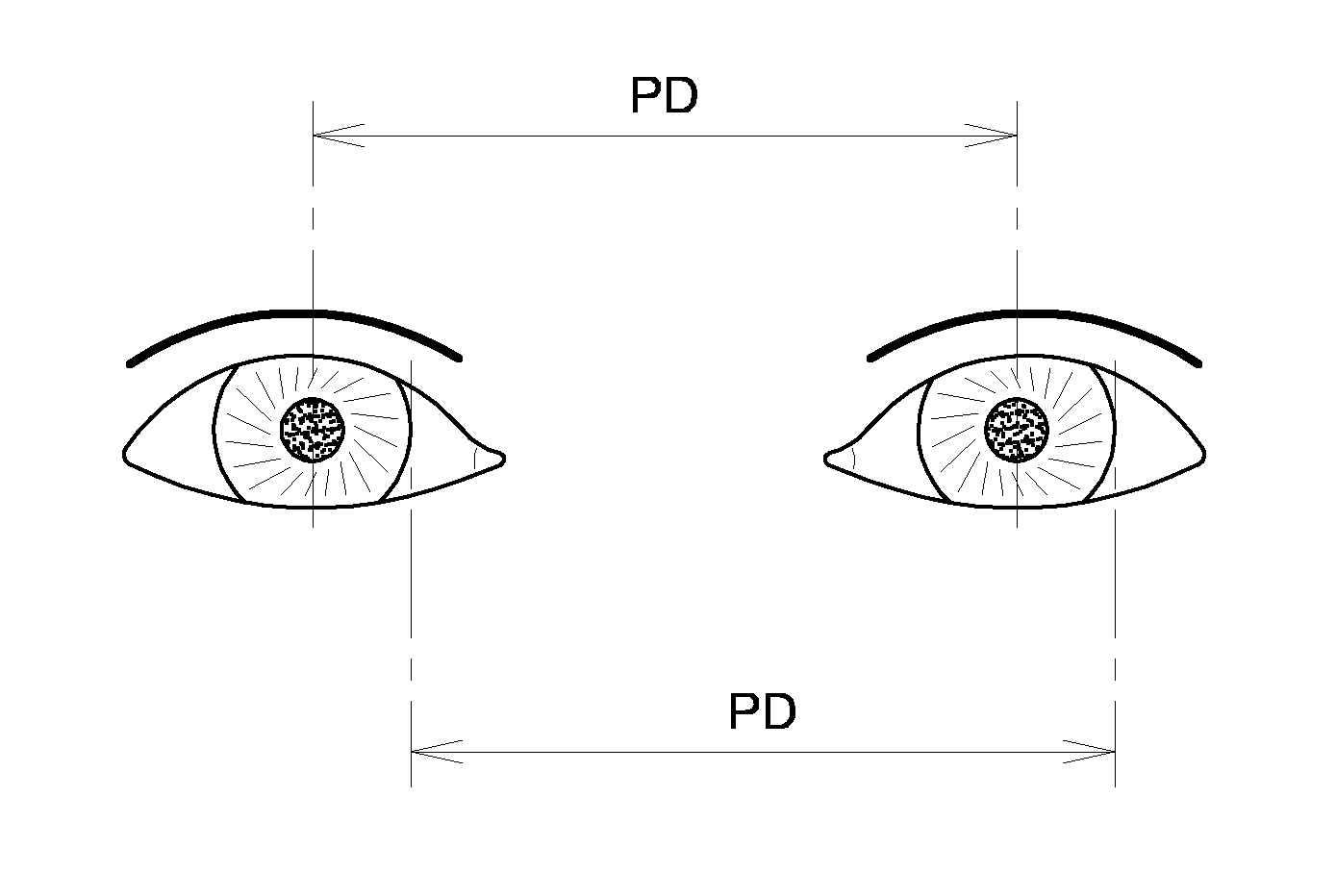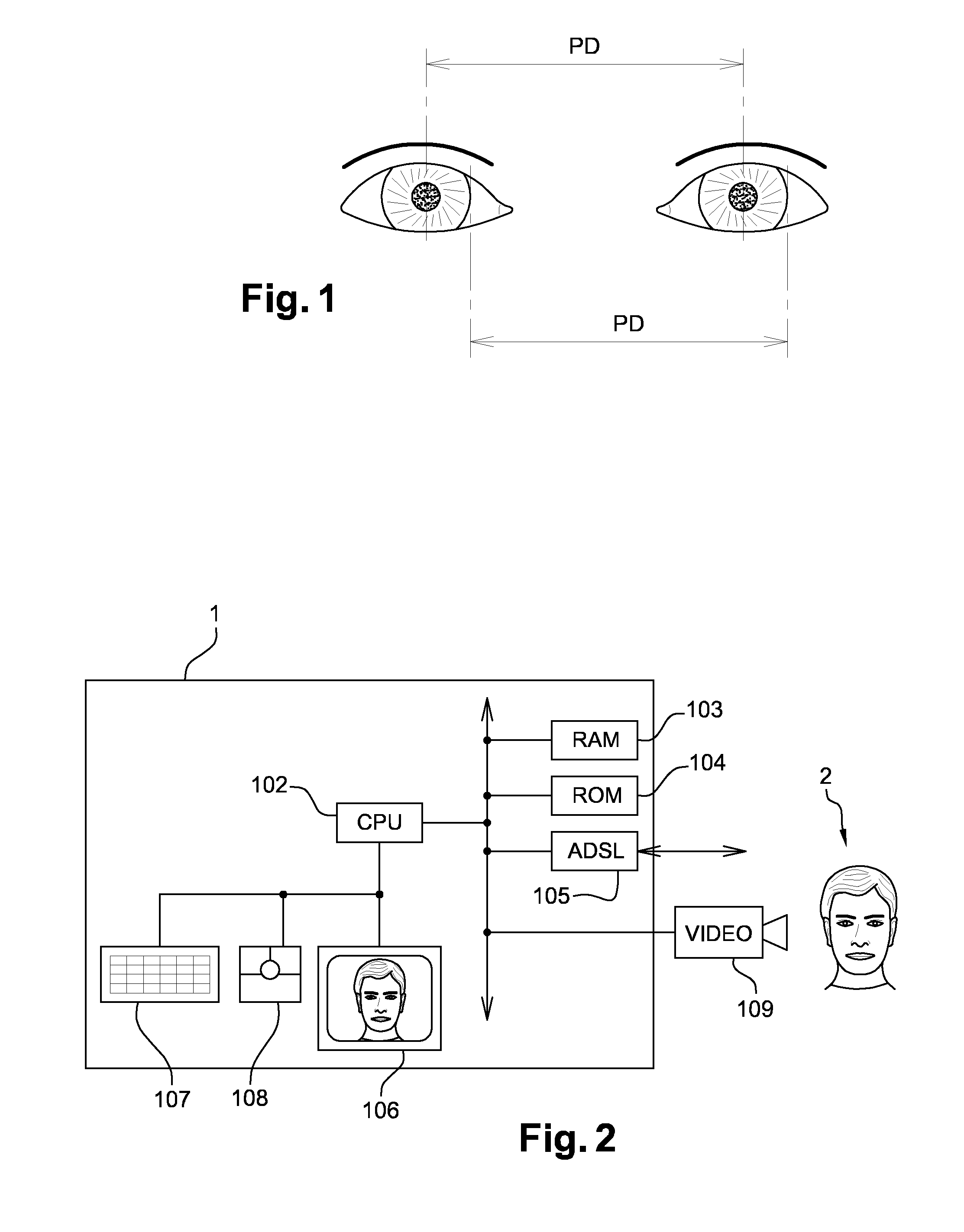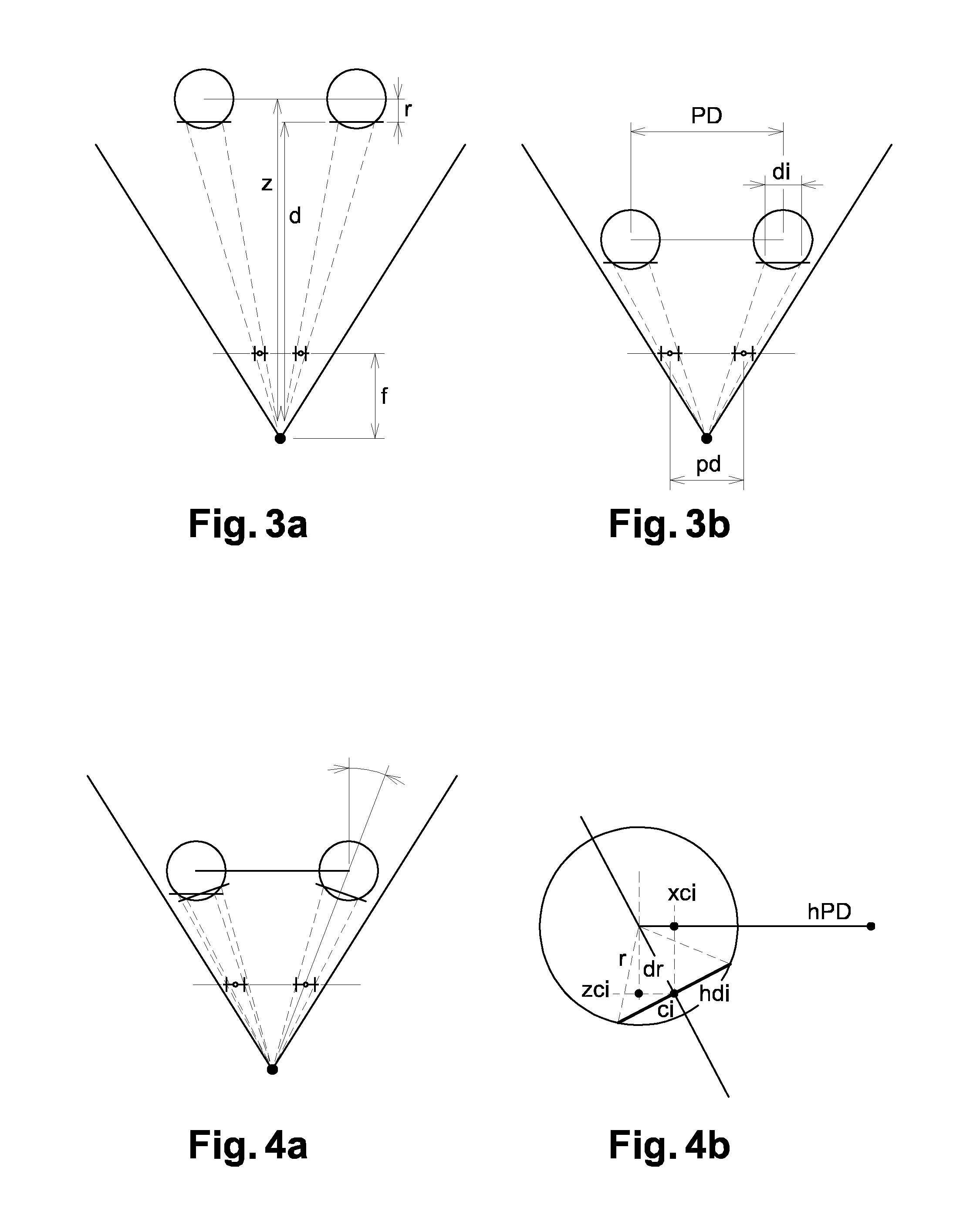Method and device for measuring an interpupillary distance
a technology of interpupillary distance and measurement method, which is applied in the direction of instruments, spectales/goggles, image enhancement, etc., can solve the problems of inconvenient use, difficult to obtain in practice, and unsuitable progressive lenses, etc., and achieves the effect of wide utilization and low cos
- Summary
- Abstract
- Description
- Claims
- Application Information
AI Technical Summary
Benefits of technology
Problems solved by technology
Method used
Image
Examples
Embodiment Construction
[0028]To achieve this, the invention concerns a method for estimating the interpupillary distance (PD) of a person, characterized in that it comprises:[0029]a data acquisition phase 100 that utilizes a predefined movement of the person in front of a camera; this data acquisition phase 100 comprises acquiring a set of successive images that represent the person's eyes, when the person's position changes from a first configuration of the face (position and / or orientation in relation to the camera) and a second configuration of the face.[0030]a morphological and dimensional parameter calculation phase 200 based on the acquired data.
[0031]According to various modes of implementation, possibly used together:[0032]step 100 comprises the following steps:
[0033]step 101: place the person in front of the camera, at a previously chosen distance from the camera;
[0034]step 102: move the person's face towards the camera while looking straight at it;
[0035]step 103: stop when the person can no long...
PUM
 Login to View More
Login to View More Abstract
Description
Claims
Application Information
 Login to View More
Login to View More - R&D
- Intellectual Property
- Life Sciences
- Materials
- Tech Scout
- Unparalleled Data Quality
- Higher Quality Content
- 60% Fewer Hallucinations
Browse by: Latest US Patents, China's latest patents, Technical Efficacy Thesaurus, Application Domain, Technology Topic, Popular Technical Reports.
© 2025 PatSnap. All rights reserved.Legal|Privacy policy|Modern Slavery Act Transparency Statement|Sitemap|About US| Contact US: help@patsnap.com



